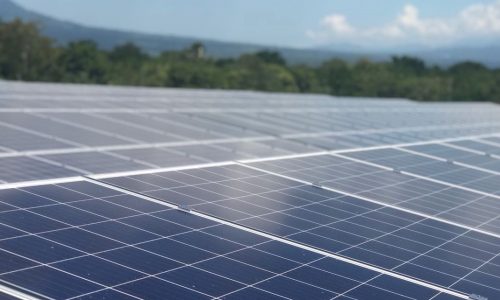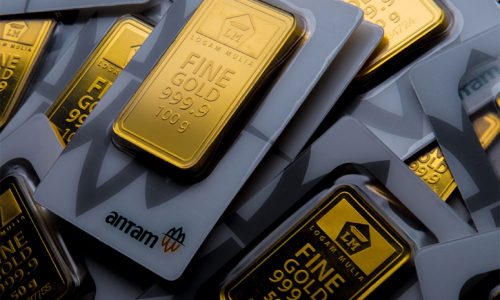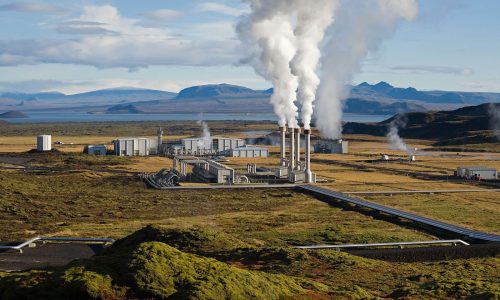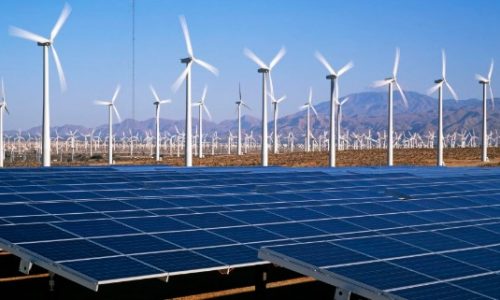Indonesia has been famous for being the largest nickel producer but the government decided to ban raw nickel export in 2020. The government argued that the reason for the ban was to push the economy by developing and exporting products from nickel’s downstream products.
However, some see this policy as an act of retaliation toward the European Union (EU)’s implementation of the Renewable Energy Directives (RED) that indirectly ban Indonesian palm oil export to the EU. Currently, both the disputes regarding nickel and palm oil are being resolved at the World Trade Organization (WTO)’s Dispute Settlement.
In 2019, Indonesia produced 853,000 metric tons of nickel whereas a year later it produced 760,000 metric tons, or around 30% of global nickel production. Meanwhile, the total reserve was up to 174 million metric tons. According to mining-technology.com, the largest mine is in Sorowako, South Sulawesi. The surface mine is owned by Vale and produced an estimated 71.6 thousand tons of nickel in 2020. The mine will operate until 2045. Other large nickel mines are located in Morowali, Central Sulawesi, and Kolaka, Southeast Sulawesi.
The United Nations (UN) Secretary General Antonio Guterres in 2021 reiterated his calls to cut carbon emissions to meet the 2050 global target. He wished that developed countries could stop producing and using Internal Combustion Engine (ICE) vehicles by 2035 and by 2040 for developing countries.
Indonesia is currently drafting the Grand Strategy of National Energy targeting two million electric cars and 13 million electric motorcycles by 2030. Furthermore, the country is planning to stop the sales of ICE motorcycles by 2040 and ICE cars by 2050.
Developing nickel smelters
On top of the export ban on raw nickel, the shifting focus of the world towards cleaner and greener energy may benefit Indonesia greatly. As the largest nickel producer in the world, Indonesia may see this as an opportunity of a lifetime, especially when that nickel boom happens. To anticipate this, the government has planned to build 30 nickel smelters by 2024 with a total investment of US$8 billion, of which 23 smelters have been built by the end of 2021, as well as attracting investors mainly from the vehicle and electric vehicles (EV) battery manufacturers.
The Ministry of State-owned Enterprises has established the Indonesian Battery Corporation (IBC), a holding company to operate integrated upstream and downstream battery businesses. IBC parent companies are mining holding company PT Indonesia Asahan Aluminium (Inalum) also known as MIND ID, state-owned mining firm PT Aneka Tambang Tbk (Antam), state-owned oil-and-gas giant PT Pertamina and state-owned electricity company PT PLN. Antam and MIND ID will be dealing with upstream businesses while PLN and Pertamina will deal with downstream operations.
The main type of cooperation between IBC and foreign investors is a joint venture. This will enable foreign investors to save costs as well as give more ease of access to the future sites and penetrate the markets easier.
Batteries are the new oil
In July 2021, Hyundai Motor Group, LG Energy Solutions and the Indonesian government signed a memorandum of understanding (MoU) for a joint venture to build a battery cell factory in Karawang, West Java. This is the first battery cell factory in Indonesia as well as the first in Southeast Asia. The total investment of the factory was around US$1.1 billion and would produce 10 GWh (gigaWatts hour) up to 30 GWh.
The development of the battery cell factory in Indonesia is part of the plan of South Korean investment consortium group in producing battery cells. They plan to create the supply chain of battery production by integrating their factory into their mines, smelter, refineries and precursor cathode supplying the necessary materials and compounds for their battery products with a total investment of US$9.8 billion.
The battery cell factory project will be handled by PT HKML Battery Indonesia, a subsidiary of the consortium of LG Energy Solutions, Hyundai, Hyundai Mobis, Kia Mobil and IBC.
The Integrated Industrial Estate in Batang, Central Java, will be the location for the development of precursor and cathode industries while North Maluku will be the area for the development of the upstream operations, mainly the mines and the smelters.
China has also invested in battery production in Indonesia. Contemporary Amperex Technology Co. Ltd. (CATL) has invested US$5.1 billion. It has signed a cooperation agreement with Antam as their supplier for battery materials. They have signed an MoU with mining firm Merdeka Copper Gold Tbk. to develop EVs battery ecosystem by focusing on the supply chain. Not much is currently known about the location of the future factories and plants though it would be more likely to follow the location of PT HKML Battery Indonesia in West Java for the battery cell factory and in Batang for the precursor and cathode assemblies.
Energy storage system
The government is also interested in the energy storage system (EES), stabilizer and recycling facilities. Tesla was reportedly interested in building an energy storage system factory in Indonesia. But not much is known about the continuation of its interest as the company just recently opened an EV factory in India. However, the government is still communicating with Tesla to attract the company to invest in Indonesia.
Indonesia seems to be very interested in cooperating with and open to foreign investments to develop EV battery industries. The government plans to approach Japan, China, South Korea and Europe to attract more investment. The Ministry of Investment said it was actively communicating with German carmaker Volkswagen to discuss the possibility of investment in EV batteries. Indonesia is also discussing with BASF the leading supplier of high-energy-density cathode active materials for EVs for the same possibility.









